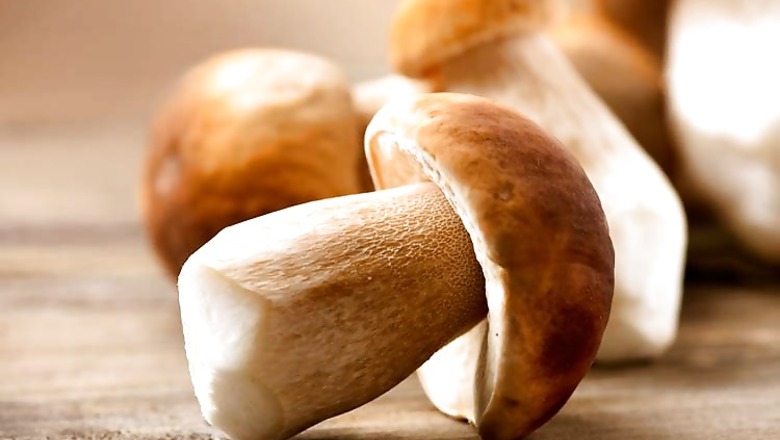
views
New York: Researchers have created a new type of lithium-ion battery anode using portabella mushrooms, which are inexpensive, environmentally friendly and easy to produce.
Nanocarbon architectures derived from biological materials such as mushrooms can be considered a green and sustainable alternative to graphite-based anodes, said Cengiz Ozkan, professor of mechanical engineering and materials science and engineering at University of California, Riverside, US.
The current industry standard for rechargeable lithium-ion battery anodes is synthetic graphite, which comes with a high cost of manufacturing because it requires tedious purification and preparation processes that are also harmful to the environment.
Using biomass, a biological material from living or recently living organisms, as a replacement for graphite, has drawn recent attention because of its high carbon content, low cost and environmental friendliness.
The researchers were drawn to using mushrooms as a form of biomass because past research has established they are highly porous, meaning they have a lot of small spaces for liquid or air to pass through.
"With battery materials like this, future cell phones may see an increase in run time after many uses, rather than a decrease, due to apparent activation of blind pores within the carbon architectures as the cell charges and discharges over time," Brennan Campbell from University of California, Riverside explained.
That porosity is important for batteries because it creates more space for the storage and transfer of energy, a critical component to improving battery performance.
In addition, the high potassium salt concentration in mushrooms allows for increased electrolyte-active material over time by activating more pores, gradually increasing its capacity.
A conventional anode allows lithium to fully access most of the material during the first few cycles and capacity fades from electrode damage occurs from that point on.
The mushroom carbon anode technology could, with optimisation, replace graphite anodes, the researchers said.
The study was published in the journal Scientific Reports.




















Comments
0 comment